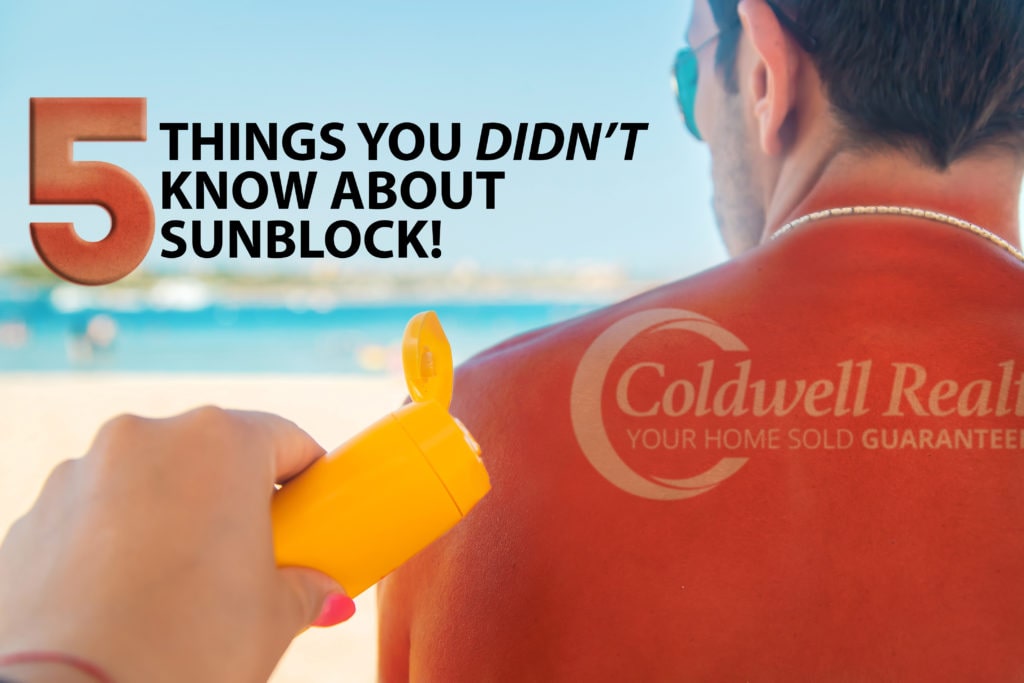
We know you’re going to spend an uncanny amount of time outdoors this summer—and you deserve it after being in quarantine last summer! But don’t get too excited and forget to protect yourself from the sun’s harmful rays. The last thing you want to do on that beach vacation you finally get to go on is get sunburnt on day 1! You may not know this, but sunscreen has changed a lot in the last decade. However, new research continues to emerge that further solidifies one thing—you should be wearing sunscreen every day when you go outside! However, there are some things no one ever taught you about sunscreen that you HAVE to know before you hit the beach, check them out below:
1. There Are Two Types Of Sunscreens:
The first, mineral sunscreens, sit on top of the skin’s surface, acting as a physical blocker by deflecting and scattering UV rays away from the skin like tiny mirrors. Because they block UV rays at the surface level, mineral sunscreens protect against both UVA and UVB rays. Also, they are effective as soon as they are applied, however, they can be rubbed, sweated, or rinsed off easily. The other type, chemical sunscreens, are absorbed into your skin and sit in the deeper layer. They absorb UV rays and change them into heat, then release the heat from the skin. Since UV rays must penetrate the skin to reach these chemicals, chemical sunscreens may not protect against all UVA rays, which still causes damage to the deeper layers of the skin. This type of sunscreen takes about 20 minutes to be effective, so planning is definitely required! Also be careful with this type of sunscreen, it can exacerbate acne, rosacea, and hyperpigmentation.
2. Children Under 6 Months Typically Should Not Wear Sunscreen:
Infant skin is more sensitive than adult skin, and it’s because of the chemicals found in sunscreen that the AAD recommends keeping young children in the shade as much as possible, and avoiding using sunscreen.
3. Sunscreen Expires:
According to the AAD, the FDA requires all sunscreens to retain their original strength for at least three years. Visible changes in color or consistency can indicate that it is time to dispose of the product.
4. European Sunscreens Provide Better UVA Protection:
Nearly every sunscreen sold in the U.S. claims to offer “broad spectrum” protection, which suggests they shield against harmful UVA rays. But many products are too weak to be sold in Europe, where standards are higher. In Europe, sunscreen makers can formulate their products with four chemicals that offer stronger protection from UVA rays. American manufacturers have been waiting for years for FDA approval to use these sunscreen ingredients. The FDA has asked for more safety data, but until the FDA approves these ingredients and lifts restrictions on combining certain active ingredients, Americans will not be able to buy sunscreens with the strongest UVA protection.
5. 80% Of UV Rays Reach Your Skin On Cloudy Days:
Just because clouds block the light coming from the sun, it doesn’t mean that it also blocks the UV rays. You need to apply sunscreen every time you’re outdoors!

